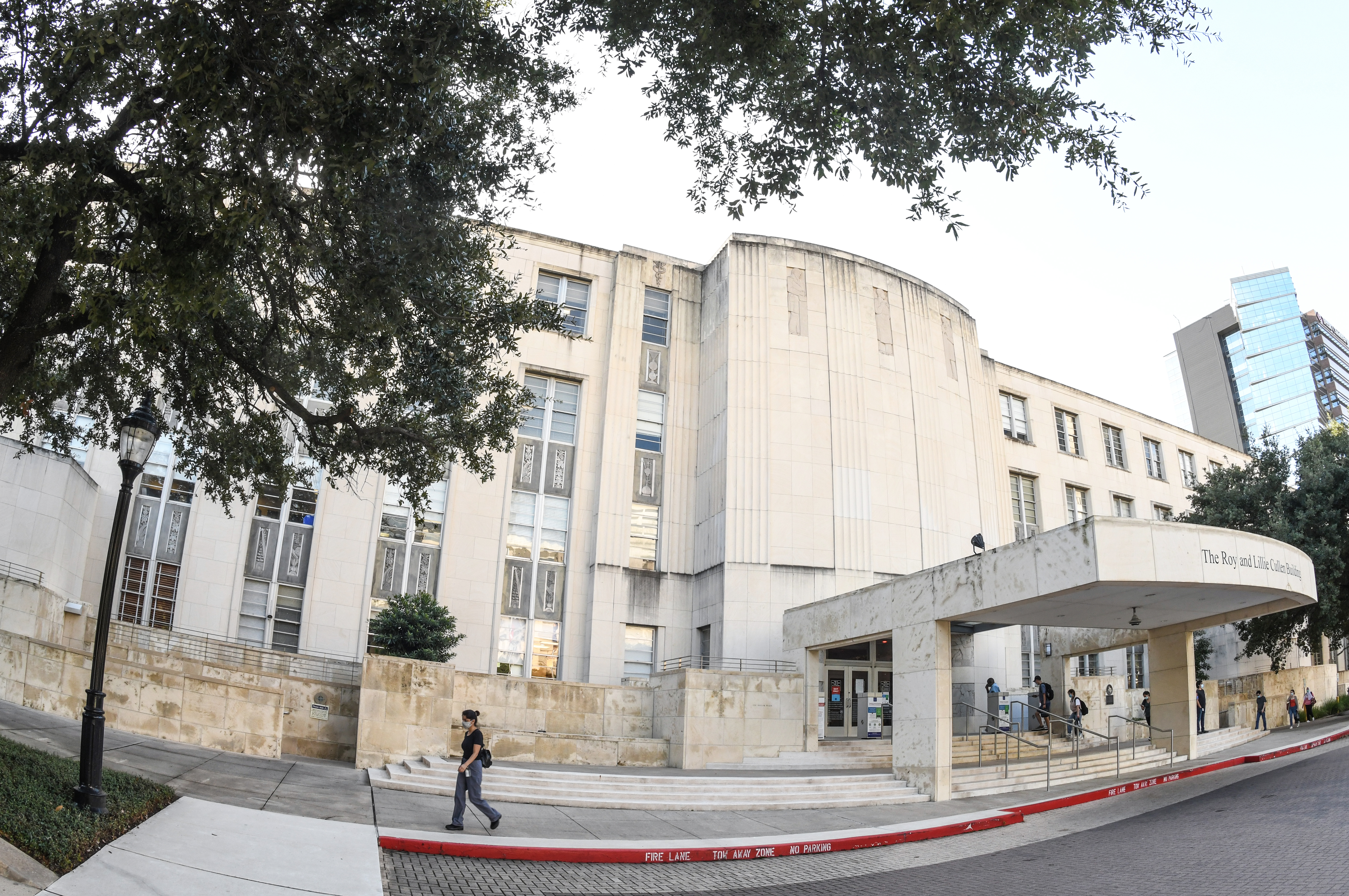One in three Indigenous Canadians haven’t had an eye exam within the last two years, according to a 2015 study commissioned by the Canadian National Institute for the Blind. Research has also shown Indigenous kids experience a high rate of astigmatism. Poor sight can have a knock-on effect of making it harder for children to learn in the classroom.
Justin Kritzinger, a student in the system and leadership innovation program at the University of Toronto’s Institute of Health Policy, Management and Evaluation (IHPME) at the Dalla School of Public Health, is seeking to address barriers that Indigenous children face in accessing eye care as part of a capstone project.
He and his supervisors – Helen Dimaras, a scientist in the Child Health Evaluative Sciences Program at the SickKids Research Institute and an associate professor in the Dalla Lana School of Public Health; ophthalmologist Myrna Lichter of St. Michael’s Hospital and Unity Health Toronto; and Abi Sriharan of IHPME – have developed a pilot program with two urban Indigenous community organizations to assess the eye health needs of local children.
“It is extremely important to work with these community organizations as partners to deliver the best possible care and to make sure we’re doing it in a culturally sensitive way that works for the individuals we’re trying to serve,” says Kritzinger, who is also a third-year medical student in U of T’s Temerty Faculty of Medicine.
Eye clinics will be run through Native Child and Family Services of Toronto and the Native Women’s Resource Centre of Toronto, who will publicize the clinic’s services. Dr. Lichter, along with eye health specialists from The Hospital for Sick Children, will check for eye problems, assess visual acuity and prescribe glasses as needed.
The idea for the project arose from Kritzinger’s prior work with the Native Women’s Resource Centre to deliver eye care to adults. Many of the patients would say they would love to have their kids eyes examined as well, Kritzinger recalled. “We thought: Why couldn’t we do the same thing we’re doing with the adults with the children? The moms there could bring in their kids and both could have their eyes examined at the same time. It would be a convenient experience and the kids could receive eyeglasses as well,” he said.
The clinics will be made possible thanks to volunteering ophthalmologists as well as a $25,000 grant from the Centre for Global Child Health at The Hospital for Sick Children, which will pay for the children’s glasses.
In addition to providing care, the team will study the prevalence of vision and eye disorders among school-aged Indigenous children, identify barriers Indigenous children face in accessing care and find ways to provide culturally safe and comprehensive eye exams and follow-up care.
The team’s ultimate goal is to develop a long-term program that can be integrated into the existing infrastructure of community centres. “My hope is that we’ll be able to impact the quality of life for many children by correcting vision problems early on, which can have immense downstream consequences if left uncorrected,” Kritzinger said. “We also want to develop a sustainable program that’s able to serve the community in a meaningful way for a long time. This can only be done by working with the community and organizations under their direction.”







